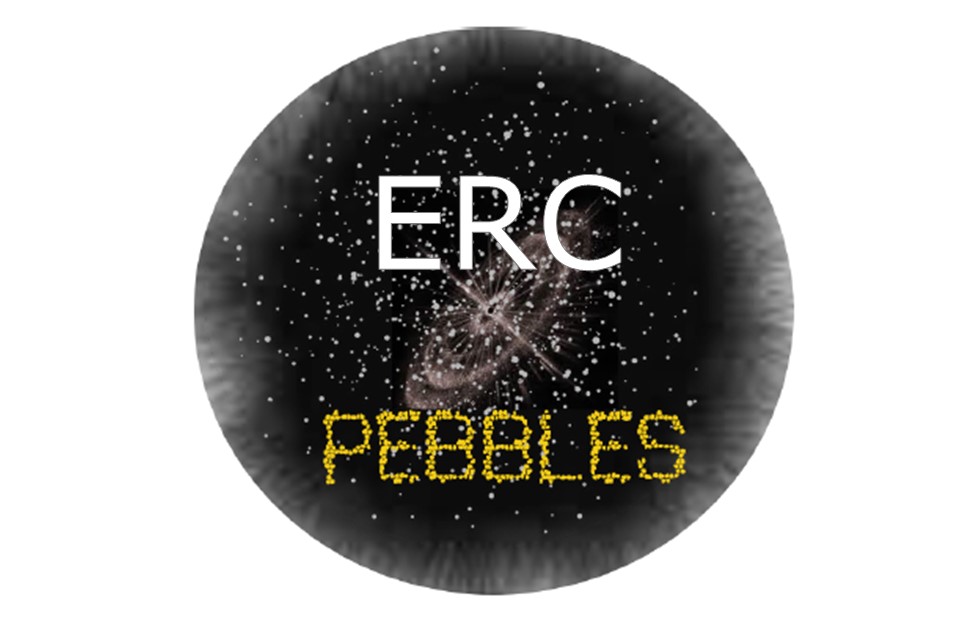The PEBBLES project consists of developing an innovative methodology to characterise the properties of dust around very young stars in the process of forming their proto-planetary disks. Dust is one of the key elements in the physical processes regulating the formation of stars and their planetary systems, but recent observations are overturning the models used until now to describe its evolution from submicron grains to pebbles. Observing and modelling the properties of dust grains during the earliest phases of disk formation promises to provide important insights into the conditions leading to the formation of solar systems such as our own. Through PEBBLES, the teams will use new dust models that are better suited to denser astrophysical environments and will use them in comparison with observations from space missions and ground-based observatories from the infrared to the millimetre range.
Latest news from PEBBLES
|
|
All news of PEBBLES | |
| Anaëlle Maury receives an ERC Advanced grant for her project PEBBLES |
The project
The PEBBLES project aims to develop a methodology to characterise the properties of dust within protostars. Using both size-sensitive observations of dust grains and new models for astrophysical dust, the project aims to transform our understanding of
- The properties of dust grains as protoplanetary disks begin to form, which is fundamental to understanding the early stages of planetary system formation;
- The physical processes that allow the evolution of this dust at the early stages of star formation, which are still little explored;
- The role of dust in coupling the magnetic field to the matter around protostars, thus regulating the properties of the star and its surrounding disk.
The project is divided into 4 work packages:
- Observations of protostellar environments in the radio domain: thermal emission and polarisation of dust;
- Characterisation of dust properties through infrared observations;
- Implementation of advanced dust models in radiative transfer tools;
- Modelling the properties and size evolution of dust during the protostellar phase when both the star and its protoplanetary disk are formed: numerical simulations.
Contact: Anaëlle Maury
News on the ERC website: https://erc.europa.eu/news-events/news/erc-2022-advanced-grants-results





